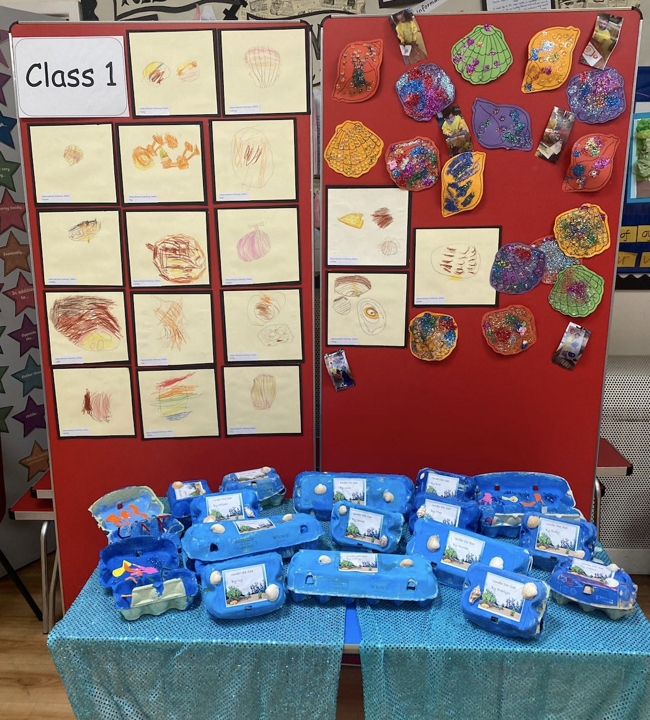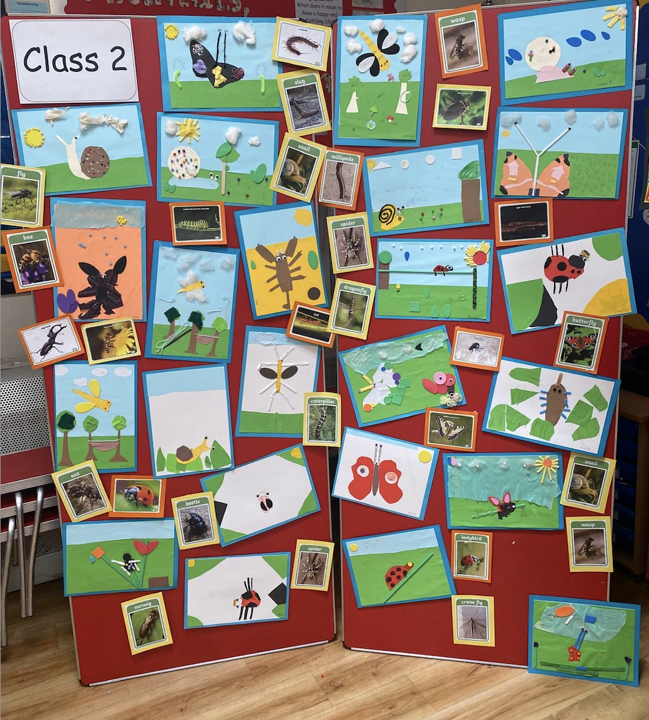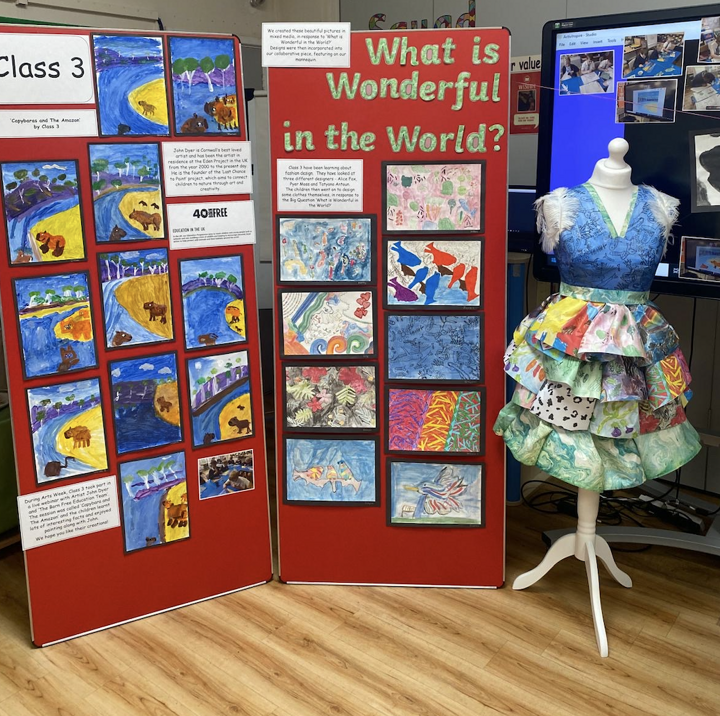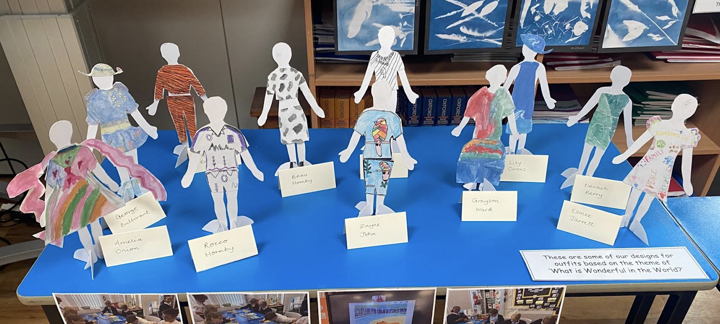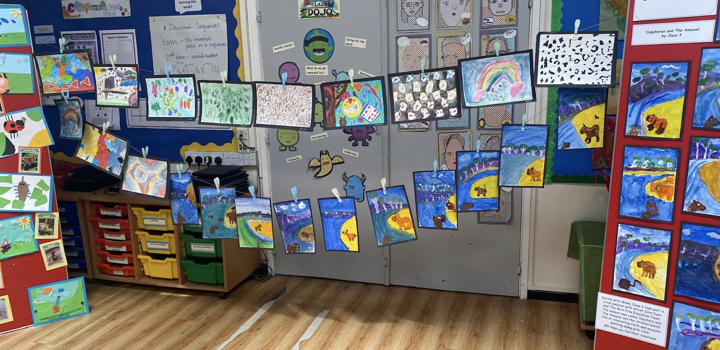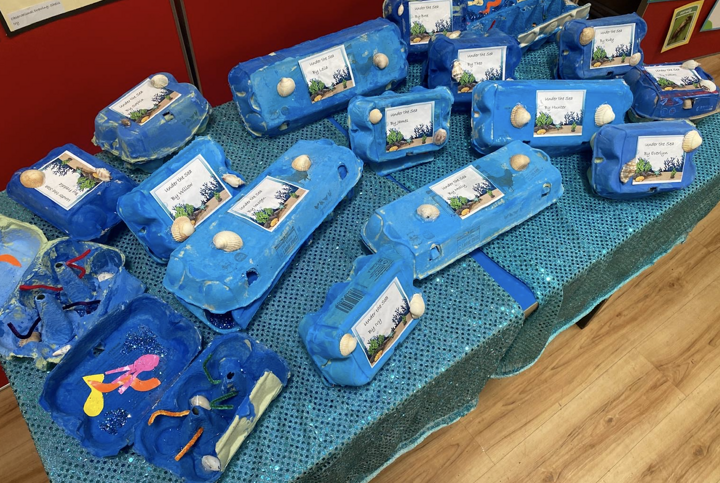Art and Design at All Saints

Intent
Art and design stimulates creativity and imagination. It provides tactile and sensory experiences and a unique way of understanding and responding to the world. Pupils use colour form, texture, pattern and different materials and processes to communicate what they see, feel and think.
Through art and design activities pupils learn to make informed value judgements and aesthetic and practical decisions, becoming actively involved in shaping environments. They explore ideas and meanings in the work of artists, crafts people and designers.
Pupils learn about the diverse roles and functions of art, craft and design in contemporary life in different times and cultures. Understanding appreciation and enjoyment of the visual arts have the power to enrich our personal and public lives.
Implementation
At All Saints the following media are used for the progression of skills, knowledge and understanding for each class. This forms the scheme of work for our school.
- Drawing
- Painting
- 3D / clay / collage
- Textiles
- Printing
All art activities promote the skills knowledge and understanding outlined in the scheme of work. Art plans and projects are based on the child’s achievements, which enable him/her to work with confidence and success.
Knowledge and appreciation of art is taught alongside practical activities and as part of project studies. Drawing is central to many art activities and all children have opportunity to use a range of tools and materials for drawing including pencils, crayons, pens and pastels.
Pupils have opportunity to develop a degree of mastery in a limited range of hand tools whilst avoiding the superficiality, which can come from working with too diverse an array of art materials and techniques.
Children undertake a balanced programme of two-dimensional and three-dimensional art activities, which give access to the traditions and language of art. Similar value and consideration is given to art from all cultures.
Pupils have opportunity to reflect upon and discuss their own work and the work of others and are also taught the safe and appropriate use of equipment and materials.
The working environment stimulates pupils into having ideas, for example, classrooms are visually stimulating where displays, books, actual works and visits by artists, designers and craft workers provide enrichment.
Impact
The national curriculum for art and design aims to ensure that all pupils:
- produce creative work, exploring their ideas and recording their experiences
- become proficient in drawing, painting, sculpture and other art, craft and design techniques
- evaluate and analyse creative works using the language of art, craft and design
- know about great artists, craft makers and designers, and understand the historical and cultural development of their art forms.
Art Road Map

